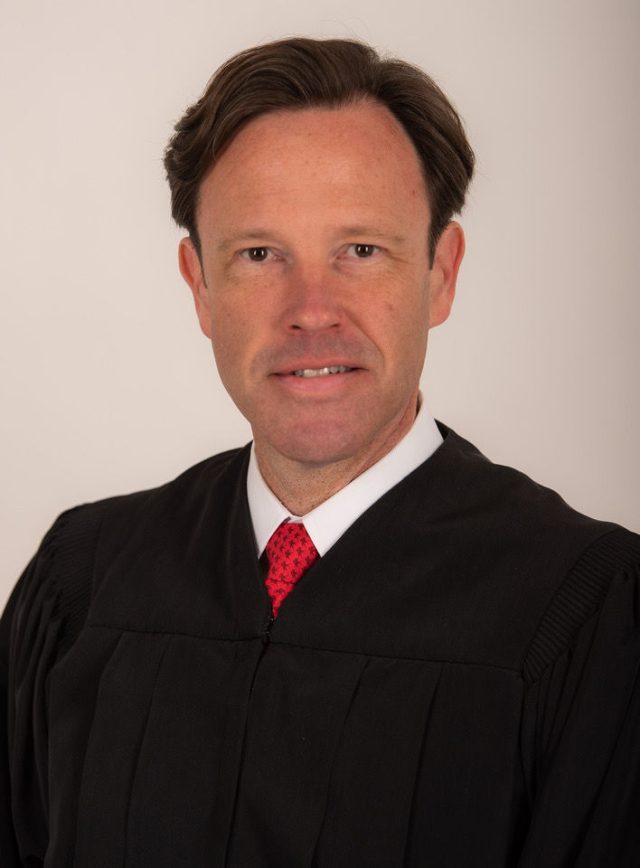WKU budget cuts — Vacant jobs will be left open; class sizes go up
Published 12:00 am Wednesday, February 6, 2008
Western Kentucky University on Tuesday targeted about $2.5 million in budget cuts mandated by the state.
In an e-mailed statement Tuesday, the university informed faculty and staff about the details.
In the first round of reductions, $1.8 million was identified to be cut from general expenses, including general institution expenses, utilities savings and a percentage of divisions’ overall budgets.
Cuts total $676,500 from the university’s divisions – academic affairs, athletics, financial affairs, general counsel, governmental relations, information technology, institutional advancement, president and the equal employment opportunity and student affairs campus services.
“I can’t really pinpoint the impact right now … we hope the negative impact will be minimum, but only time can tell,” said President Gary Ransdell. “Many lives will be affected by these reductions.”
The summary sent to faculty and staff at the university “essentially outlined what reductions will be made from February to the end of the fiscal year in June, and then the reductions to be made under a full 12-month period,” said Ann Mead, chief financial officer for the university.
In the first cuts, for example, Mead said the Academic Affairs reduction is $532,200, a 0.4 percent cut from its $130.6 million budget. The reductions to the divisions range from 0.3 percent to 0.9 percent of their budgets, Mead said.
Also part of this reduction was the university’s reserve, which Mead said helped lower the divisions’ reductions.
“To balance, we identified 73.5 percent of the reduction which could be covered centrally, so we didn’t have to ask the divisions what programs or operations they were going to cut,” Mead said. “Divisions only had to find 26.5 percent reductions.”
But by July 1, the flexibility of the university reserve – a one-time reserve – will not be available to use in reductions for the 2008-09 school year.
While the reductions this year mean decreases to professional development and operating costs, elimination of vacancies and reduced student work hours, by fall 2008, the university can see those same reductions and more.
Divisions beginning in July will be forced to cut more than they had to from February to June, Mead said, when the divisions will find themselves with total loss of $1.3 million – 51.3 percent of the division’s budget.
Ransdell said increased class sizes will affect students and faculty, reducing equipment purchases will affect people engaged in their scholarly activity, and elimination of funds for part-time workers and overtime in financial affairs will hurt part-time workers and student workers.
Next fall, the university is looking at eliminating vacant faculty positions and less sabbaticals and professional development. University faculty devote 75 percent of their workload to teaching and 25 percent to service and research.
“What some folks don’t realize is 59 percent of our budget is for people and employees,” Mead said. “When trying to minimize impact on employees, it makes for difficult choices, but we are doing our best to protect campus quality.”
The “essential mission” of the university is academics, which Patricia Minter, associate professor of history, said she hopes the community and lawmakers bear in mind.
“We’ve created national known programs, grown international faculty … we cannot reverse these investments,” she said.
The state’s $508 million shortfall led Gov. Steve Beshear to ask state universities to give back 3 percent of their funding – about $2.5 million for WKU. In addition to the 3 percent reduction for the current year, higher education would lose an additional 12 percent, a total of $191 million, Ransdell said in his e-mail.
Should the budget for next year pass as proposed, WKU would lose an additional $9,974,400, bringing the total reduction to $12,545,100 – a total cut of 15 percent, he said.
Mead said the university hasn’t done any planning documents on how it would even reduce its budget by 12 percent. But “we cannot relax because of what may come down the line from the governor, if the state budget is approved in a few months,” she said.
“The governor’s budget is disappointing,” Minter said. “These cuts made now will not heal soon, and higher education is what drives the economic future of the commonwealth … restoring money to higher education is essential to every goal in moving the commonwealth forward.”
Ransdell said he is confident the university’s progress will continue even with the 3 percent cut. But the additional cuts which have been proposed, however, will likely reverse much of the progress the university has made in recent years.
“We are all just in a holding pattern, 12 percent would be catastrophic. It would take us back to 1998 funding,” Minter said. “I don’t think the community wants that nor the local economy will benefit from that, and it would be devastating to the WKU family and those that depend on WKU as a major driver in the local economy.”






